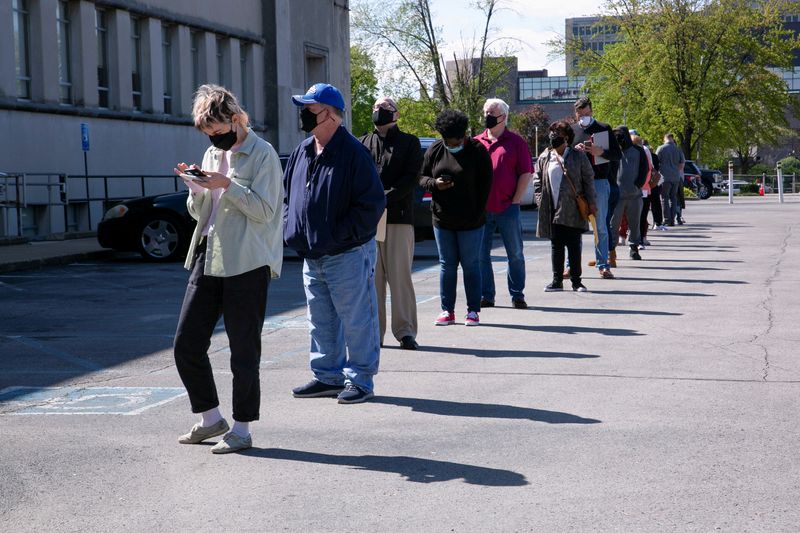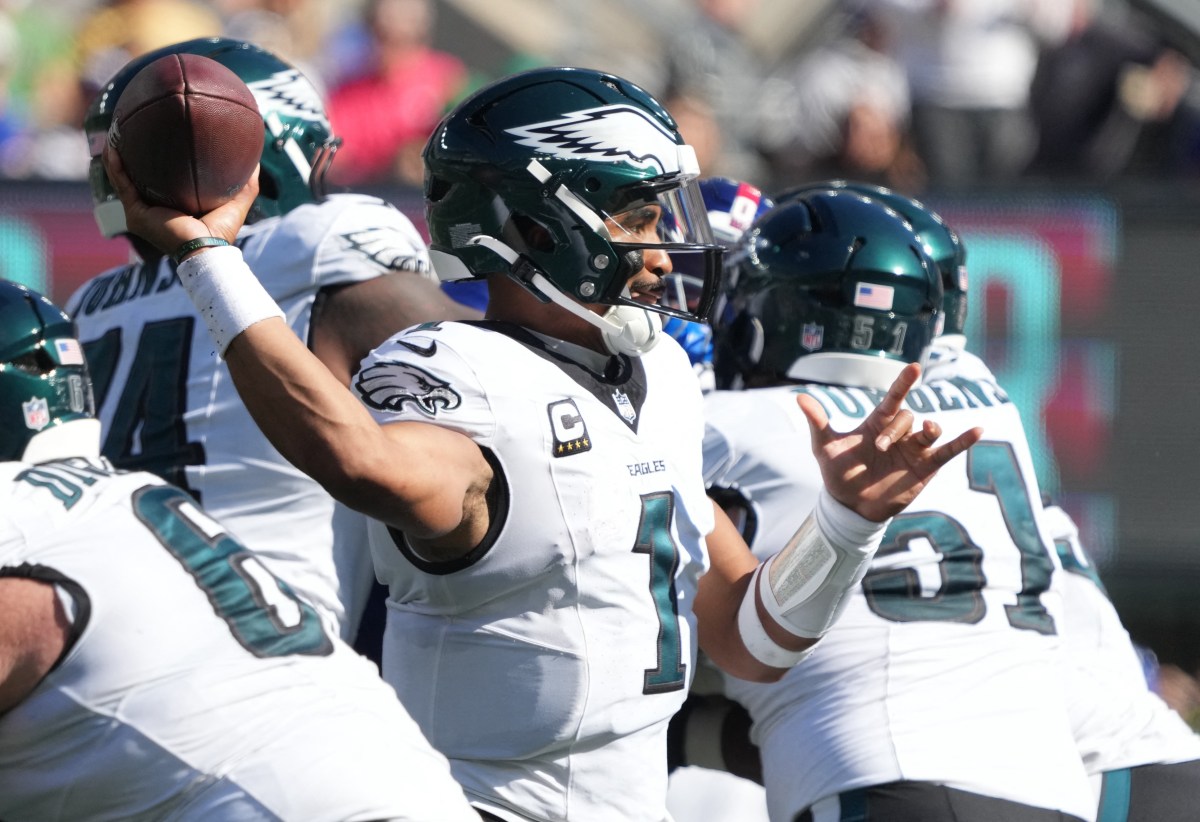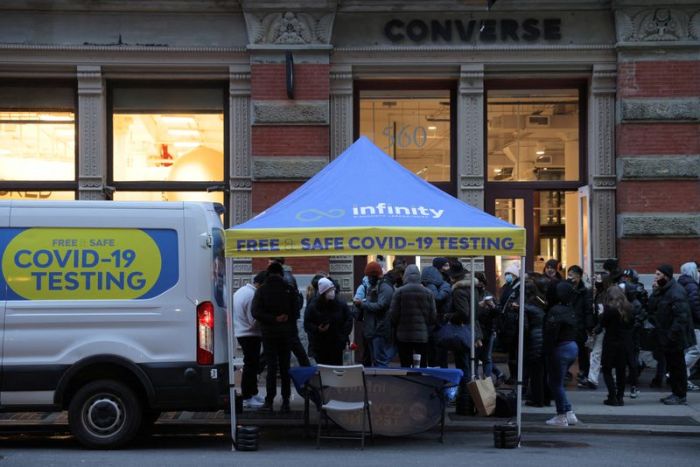(Reuters) -New claims for U.S. unemployment benefits fell in the week leading up to Christmas and benefits rolls slid to their lowest level of the coronavirus pandemic era the week earlier, the Labor Department said on Thursday, data that showed no impact yet on employment from the rapidly spreading Omicron variant.
Initial claims for state unemployment benefits dropped to a seasonally adjusted 198,000 for the week ended Dec. 25 from a revised 206,000 a week earlier. Early this month, claims dropped to a level last seen in 1969.
Economists polled by Reuters had forecast 208,000 applications for the latest week. Claims have declined from a record high of 6.149 million in early April of 2020.
The data were the latest to show that Omicron – the newest and most contagious COVID-19 variant so far – has yet to trip up a tight job market or slow a U.S. economy that appears solidly on track to end the year at a gangbusters growth rate.
While the initial claims data was depressed by so-called seasonal adjustment factors, even the nonseasonally adjusted figures – while roughly 60,000 higher – showed almost no week-over-week change.
“The fact that NSA claims were unchanged – at a time when they typically tend to deteriorate – suggests that there has been no impact from Omicron as of yet,” economists Thomas Simons and Aneta Markowska at Jefferies wrote.
The figures – among the most timely reading on the health of the labor market – also showed the number of people on benefits beyond the first week fell to 1.716 million in the week ended Dec. 18, the lowest since the week of March 7, 2020. That essentially marks a return to the level that prevailed before the first wave of COVID-19 lockdowns later that month sent unemployment rolls soaring.
“We expect continued claims to come in more consistently around 1.7 million given the low level of initial claims and as more individuals return to work as health conditions improve, although the Omicron variant might slow that process,” Nancy Vanden Houten, lead economist at Oxford Economics wrote.
Applications typically increase during the cold weather months, but an acute shortage of workers has disrupted that seasonal pattern, resulting in lower seasonally adjusted claims numbers in recent weeks.
Discounting the weekly volatility, the labor market is tightening, with the unemployment rate at a 21-month low 4.2% as of November. Employment figures for December will be released on Jan. 7, and the early consensus estimate among economists polled by Reuters sees the jobless rate edging still lower to 4.1%.
There were a record 11.0 million job openings at the end of October. Higher wages as companies scramble for scarce workers are helping to underpin consumer spending.
The economy grew at a 2.3% annualized rate in the third quarter, with consumer spending rising at a 2.0% pace. Growth forecasts for the fourth quarter are as high as a 7.2% rate. For the whole of 2021, the economy is expected to grow 5.6%, which would be the fastest since 1984, according to a Reuters survey of economists. The economy contracted 3.4% in 2020.
Questions are now arising over how sustainable that momentum may prove to be with Omicron’s rapid spread pushing COVID-19 infections back to record highs, exceeding even last winter’s crushing wave. On top of that, the Biden administration’s $1.75 trillion domestic investment plan is stalled in the U.S. Senate.
Against those uncertainties, some economists have begun cutting their growth estimates for next year.
(Reporting by Dan BurnsEditing by Chizu Nomiyama)
























